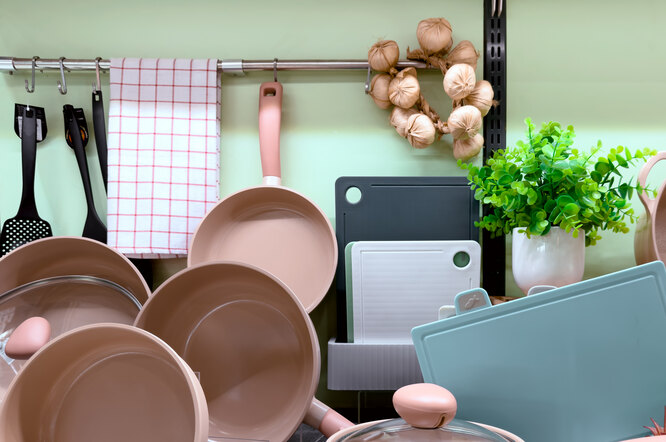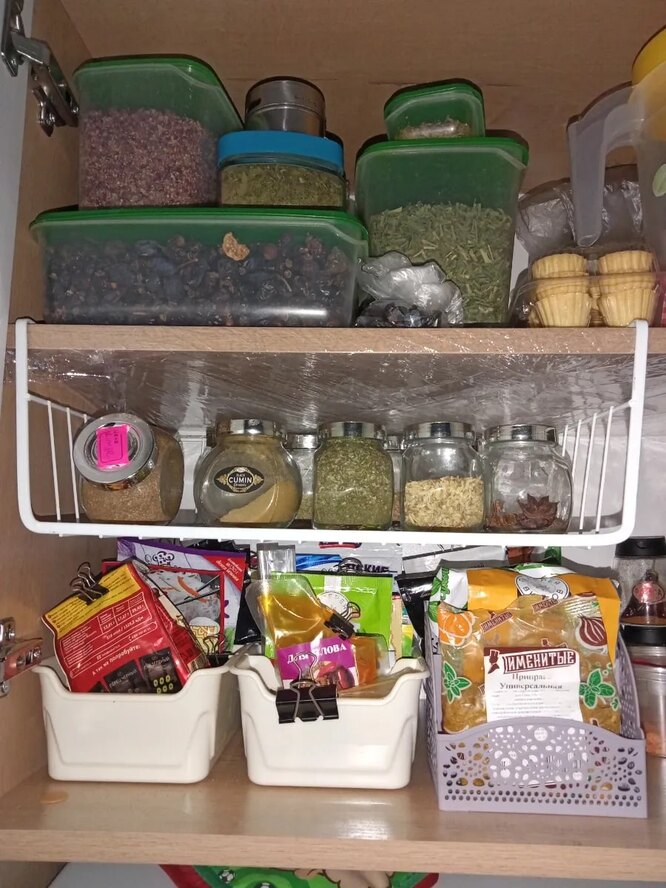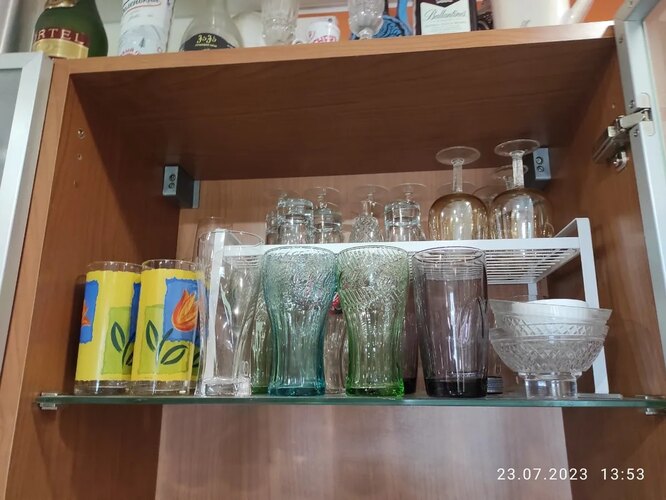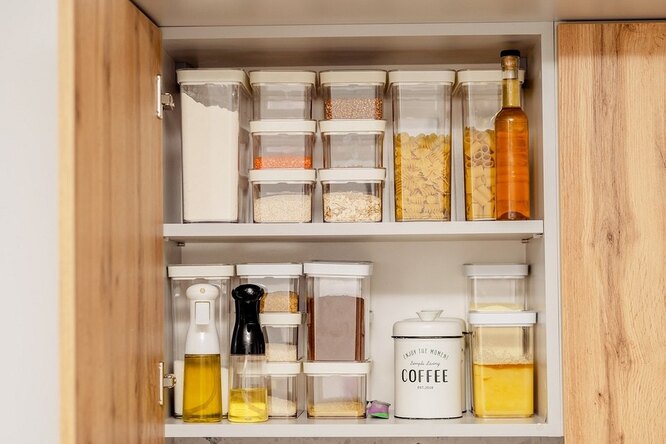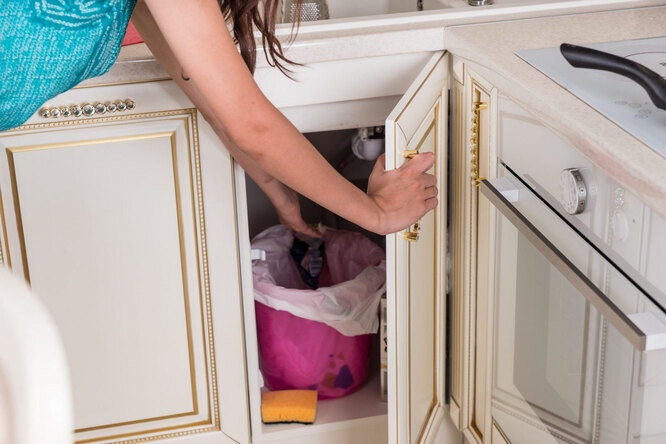Inconvenient placement of the sink, ventilation problems or insufficient ventilation, poor choice of furniture, insufficient number of sockets, poor layout, poor choice of materials… All these errors made during the renovation phase are not so easy to correct. Today we will talk about other mistakes – those that can be corrected at any time, making cooking much more convenient and beautiful.
Here are what experts consider to be the most common storage and organization faults.
Lack of designated places for things
Are you constantly placing pots, pans and appliances in random new places? The time has come to assign each element its own permanent home. “It may seem easier to store scissors in a random drawer, but you risk forgetting where they are,” says space organizer Tamara Prager. “When we know where everything is, cooking becomes a much quicker and more enjoyable experience. » Additionally, when you distribute the dishes and gadgets, you may find that the lack of countertop in the kitchen is no longer a problem and that there is now enough space for everything, even in a small room.
Duplicate storage
